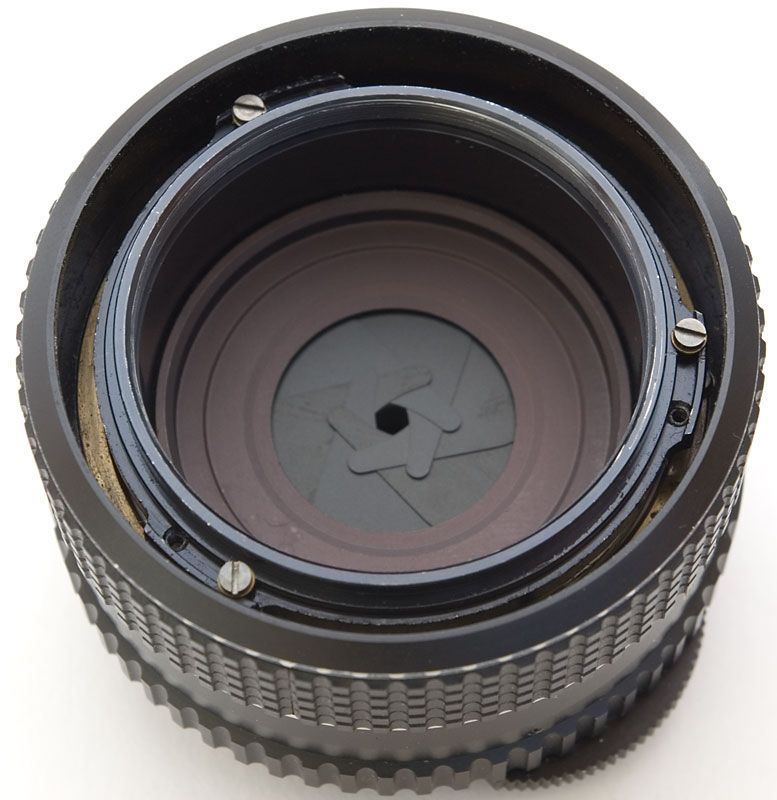 Originally posted by lytrytyr
Originally posted by lytrytyr 
Is there a way to tell the versions apart, without dismantling the lens?
Are serial number ranges known for the two versions?
Wide open, the entrance pupil of my 55/2 has a clearly visible restriction,
which might be caused by the kind of feature Just1More Dave showed.
Lyt:
The manual shows:
345 series:
Pre 1963 product numbers 345 ( 345 -2 was 1:1.8 and 345-3 was 1:2 )
the A/M ring was wide with a narrow finger tab had letter A on the left side and letter M on the right (Looking at the ring engraving),
Post October 1963 product numbers 345 ( 345 -5 was 1:1.8 and 345-6 was 1:2 )
the A/M ring was wide with a narrow finger tab had letter M on the left side and letter A on the right (Looking at the ring engraving),
(Both the diaphragm ring and the A/M ring directions were changed in Oct 1963)
371 series
Here I am not familiar enough because I only have K up lenses.
It looks like there were 4 versions
1:1.8
371 had the A/M tab with the letter A to the right of the tab
371101 had the A/M tab with the letters Auto to the right of the tab.
1:2
371102 had the A/M tab with the letter A to the right or the tab. The exploded diagram appears same as 371
371103 The photo does not show the letters near the A/M tab, and/but main part of the rear body was interchangeable with 371101 ( only)


 Similar Threads
Similar Threads 













 Post #15 by wombat2go
Post #15 by wombat2go








